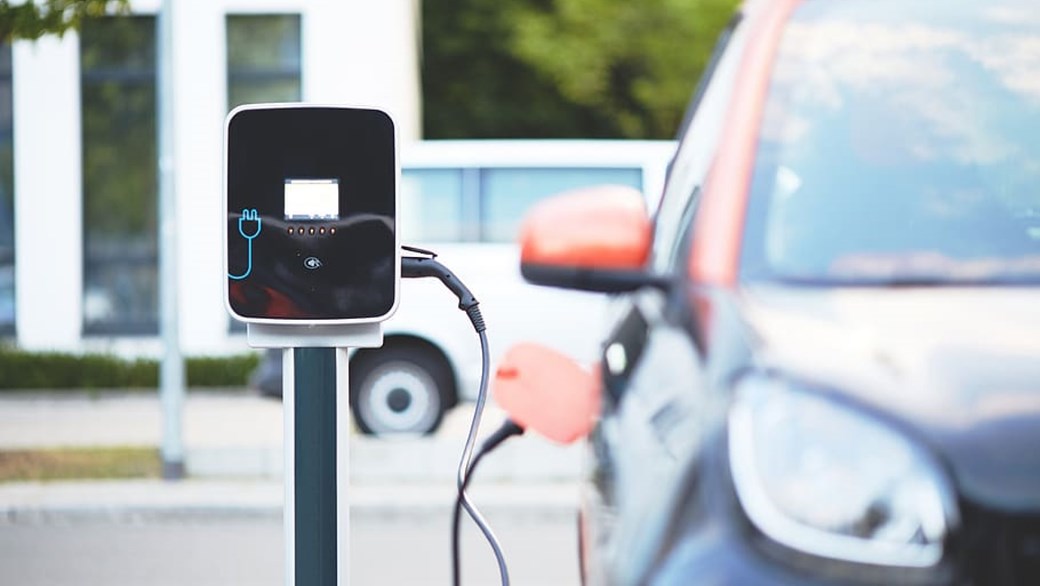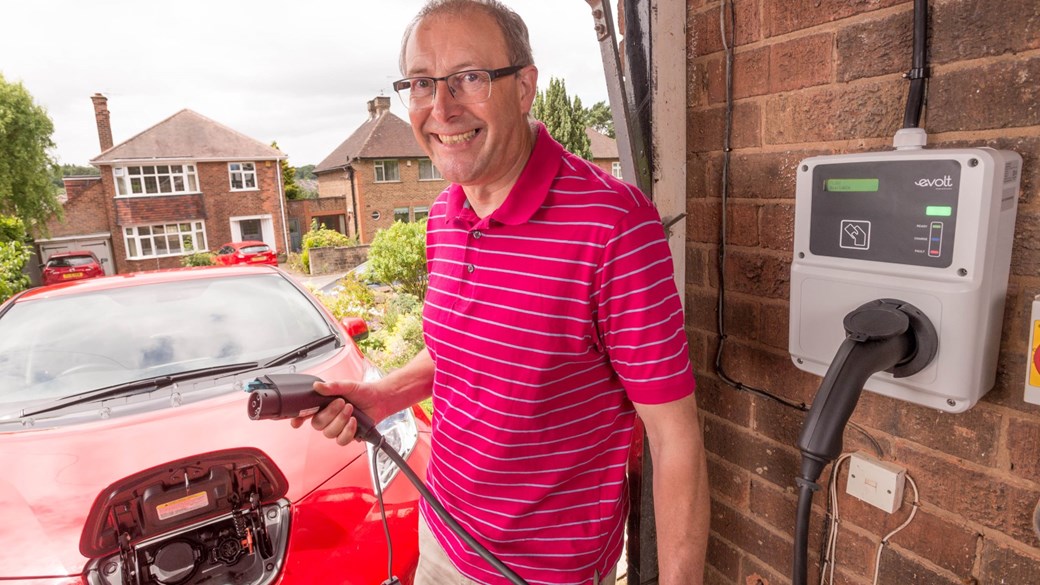EV charging at home: everything you need to know for your Electric Vehicles
EV charging at home: you need to know for your Electric Vehicles
EV charging is a hot-button issue – namely, how can we possibly all switch to an electric car when they take so long to charge, and so many parts of the country are under-equipped with public charging stations?
Well, infrastructure is improving all the time, but for the majority of owners the solution is simple – charge at home. By installing a home charger, you can treat your car almost like a smartphone, by simply plugging it in at night and waking up to a fully-charged battery.
They have other benefits, being cheaper to operate than expensive public charging, especially if you use them while electricity is cheapest. In fact, on some constantly shifting ‘Agile’ tariffs, you could effectively be charging for free, and what’s not to like about that?
Best electric cars 2020
What are electric cars really like to live with?
Of course, home charge points aren’t suitable for everyone. For a start, they do very much require you to have a driveway or at least a dedicated parking space close to your house.
How much does it cost to charge an electric car?
But what are the options? Here are all the ways you can charge an electric car at home…
3-pin plug socket (max 3kW)
The simplest and cheapest option is a regular three-pin plug socket. Whether you run your cable through an open window or perhaps install a dedicated weatherproof socket outside, this option is certainly cheap.
It’s problematic, though. This is the slowest possible rate of charging – a large capacity battery, like that on a Kia e-Niro, will take around 30 hours to charge fully from empty. Have something with a really big battery like a Tesla or a Porsche Taycan? Forget it.
Most manufacturers recommend three-pin charging as a last resort only. Some sockets aren’t rated for long periods of continuous heavy usage – especially if you’re thinking of using an extension cable. Best to use a 3-pin charger as an emergency option, or if you’re visiting somewhere without its own charger.
As a result, manufacturers are increasingly refusing to supply three-pin chargers as standard equipment.

Home wallbox (3kW – 22kW)
A home wallbox is a separate box which is wired directly to your home’s electricity supply. They’re usually installed by the companies that supply them, or they can be put in by electricians with a specific certification.
The most basic home wallboxes can charge at 3kW, about the same as a regular mains socket. The most common units, though – including the ones supplied free with some electric cars – will charge at 7kW.
This will cut charging times in half and then some compared with a three-pin socket, giving realistic overnight charges for the majority of electric cars on the market.
How much faster you can charge depends on the electricity supply to your house. Most houses have what’s known as a single-phase connection, but some modern properties or businesses will have a three-phase connection. These are capable of supporting wallboxes of 11kW or even 22kW – but it’s rare for a normal family home. You can usually check if your property has a three-phase supply by the number of 100A fuses in your fuse box. If there’s one, you’re on a single-phase supply, if there’s three, you’re on three-phase.
Wallboxes can be supplied ‘tethered’ or ‘untethered’. A tethered connection has a captive cable which stores on the unit itself, whereas an untethered box simply has a socket for you to plug your own cable into. The latter looks tidier on the wall, but you will need to carry a charging cable around with you.
Commando socket (7kW)
A third option is to fit what’s known as a commando socket. These will be familiar to caravanners – they’re large, weatherproof sockets and take up significantly less space on an exterior wall than a wallbox, making for somewhat of a tidier installation.
To use one to charge an electric car, you’ll need to purchase a specialist cable that contains all the controllers for charging within it. These are much more expensive than a usual
Commando sockets will require earthing and, though installation is simpler and cheaper than a full wallbox, it’s still worth getting an EV-certified electrician to fit it for you.
Costs and grants
A three-pin charger is the cheapest option, but as we mentioned earlier, it’s not recommended for constant use.
The cost of installing a wallbox can be upwards of £1,000, depending on the model chosen. Some are more sophisticated than others, ranging from simple power supplies to ultra-smart units with apps to monitor charge speed and unit price, keypad locks or internet connections.
A commando socket is cheaper to install – usually a few hundred pounds – but you’ll need to budget the same again for a compatible cable.
Help is at hand, however, thanks to the government’s Electric Vehicle Homecharging Scheme. This subsidy reduces the cost of installation, and will cover up to 75% of the purchase price of a charger
